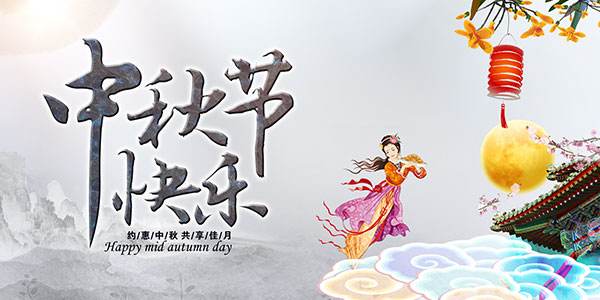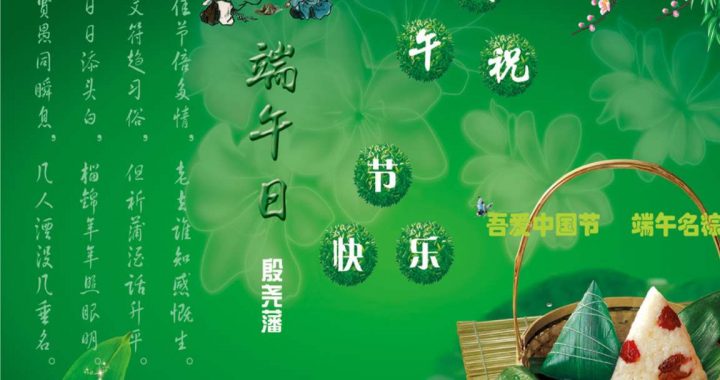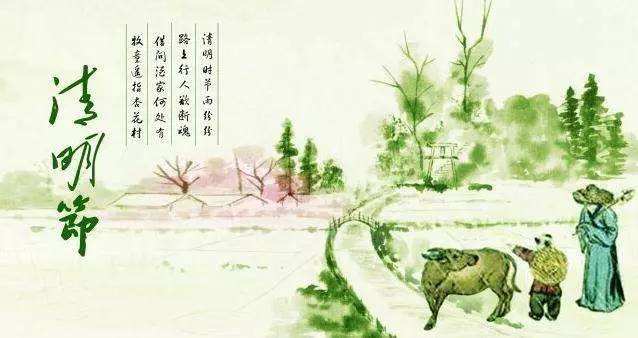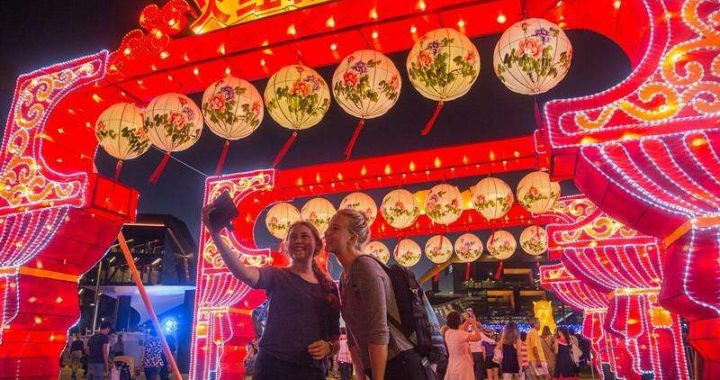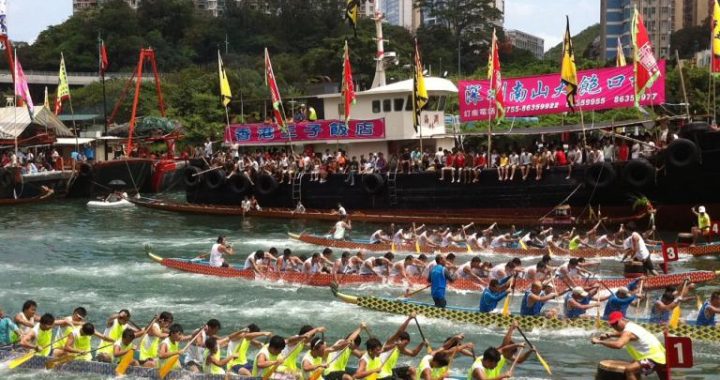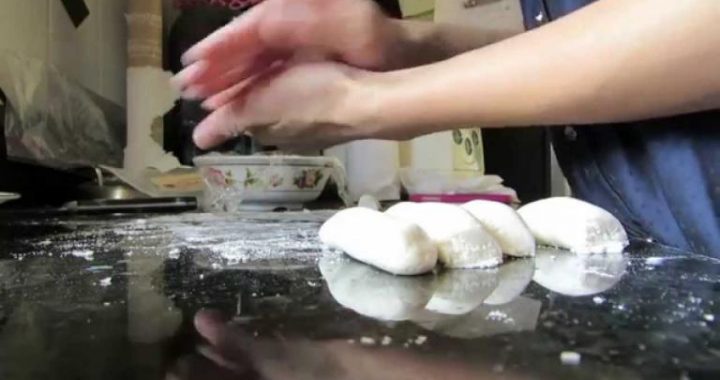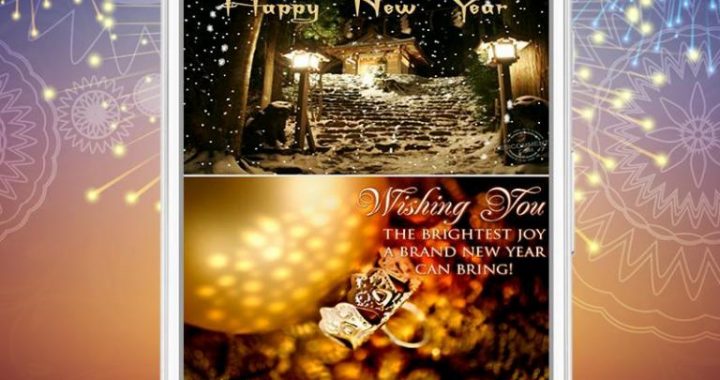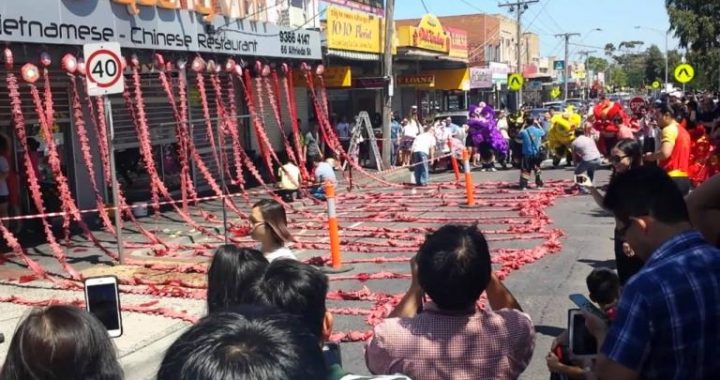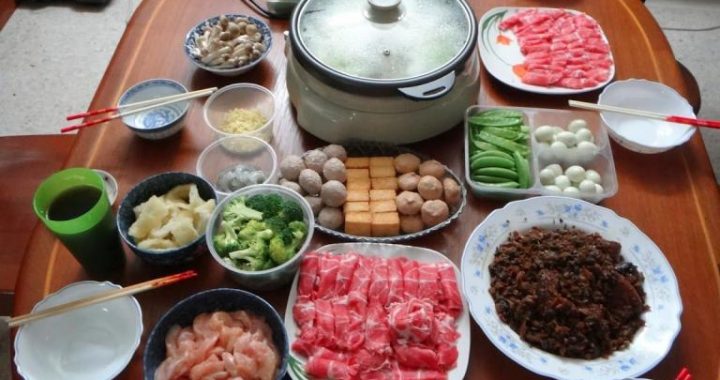Festival System Formed in Pre-Qin,Western Han and Eastern Han Dynasties
9 min readBefore Zhou dynasty,there were already sacrifice and celebration activities.In Western Zhou period,these activities found a fixed time in spring,summer,autumn and winter respectively or the beginning and ending of a year.
For example,Laba Rice Porridge Festival(Lari today,a festival that falls on the eighth day of the twelfth month in the lunar calendar)and Sacrifice Festival(Sheri)were formed in Eastern and Western Zhou dynasties.These festivals revealed people’s good wish for dispelling sickness,driving away evils and gaining harvest in farming.
Festivals in Qin and Han dynasties had close relation with the calendar.Before Emperor Wudi of Han dynasty there were six different calendars.In the first year of Taichu(meaning the very first)period under Emperor Wudi’s reign(104BC),the lunar calendar,named Taichu Calendar at the time,was basically formed with Zhengyue as the first month of a year and the 24 seasonal division points included.This calendar is still under use today.The 24 seasonal division points were so important for agriculture that they became the base for many traditional festivals.The festivals such as the First Day of the First Month in lunar year(Zhengdan),Spring Begins,Winter Solstice and Lari Festival,which were considered as very important festivals by people in Han dynasty,are still significant in Chinese people’s life.

1)Festivals in Pre-Qin Period Western and Eastern Zhou dynasties witnessed the formation of some ancient festivals such as Lari,Sheri and Shangsi festivals.According to ancient historical literature,the grandest festival in that period was the Lari Festival celebrated after the farming time,to which both the government and common people attached great importance.
According to Xun Shuang’s Commentary on Rites from Han dynasty,Lari was known as Jiaping in Xia dynasty,Qingsi in Shang dynasty and Dala in Zhou dynasty.
So the festival can be dated back to Xia and Shang dynasties.In Zhou dynasty it was named“La(wax)”and in Qin and Han dynasties,it was named as La(the twelfth month in lunar year).In the sacrificing ceremony in Lari Festival,the emperor would have to kill groups of animals and sacrifice the hunted animals to their deceased ancestors,to the nature and all deities,whereas feudal princes only offered sacrifice to the heaven and earth,the sun,the moon,stars and his bestowed land.Common people would worship their family ancestors.After the sacrificing ceremony,people would enjoy together all wines and meat that were offered to deities. They would sing and dance together so a better relationship with their relatives and friends would be built. In the sacrificing ceremony of a country, music, poems and drum playing would be arranged to give all the deities as well as farmers a good opportunity to relax themselves.
In the Spring and Autumn period in Chinese history, Lari Festival had become very popular. In a conversationrecorded in Record of Rites: Annotations on Micellanies, Confucius asked Zigong, his disciple, whether he was happy in watching the folk Lari Festival celebration. And Zigong said that he couldn’t understand why people all over the country were crazy about celebrating the festival.
Confucius explained to him that people need to take a rest after working for a period of time. He said that people have been working hard for a whole year, and there should be a festival for them to relax and enjoy themselves.Sheri Festival was the day when ancient Chinese people worshipped God of She. God of She is actually the God of Land. The land has always been the source of people’s food and clothes. The prevailing of Sheri Festival revealed ancient people’s high respect and deep love for the earth.
In Zhou dynasty, all people, including the emperor and common people, had to offer sacrifice to the God of Land. The date for the ceremony was not fixed and needed to be chosen through tortoise shell divination. People would choose the auspicious day and worship big tree, wood stick, earth hillock, stone or human beings as reincarnation of the God of Land. There were some other reasons to have the sacrificing ceremony:to pray for nice weather and good harvest;to pray for safety,good health and no disaster;to pray for bless and victory in the war before leaving for a battle;to offer prisoners of war to God after they gained the victory,etc.Sheri was a joyous festival for people to get together and celebrate.It was also an important festival for ancient young people to fall in love and get married.
Shangsi(巳,Si is the sixth of the twelve Earthly Branches)Festival was another important festival in ancient China.It was the first Siri in the first ten days of the third month according to the lunar calendar.Shangsi Festival convention included bathing in water,evocation,dispelling inauspicious things and spring outing.In the Warring States period,people started the ritual of dispelling inauspicious things near water in Shangsi Festival in the third month of the year.
2)Festivals in Qin and Han Dynasties Based on current historical documents,there were 14 festivals in Qin and Han dynasties:the First Day in the First Lunar Month(Zhengdan),Spring Begins,Shangding(shang means up,or the first;ding is the fourth among the tenHeavenly Stems),Shanghai(hai is the twelfth among the twelve Earthly Branches),Sheri,Shangsi,the Fifth Day of the Fifth Month(Wuyuewuri),Summer Solstice,the Three Hottest Days in Summer(Furi),Chulu(chu is a big ferocious animal;lu is an ancient sacrifice),Festival for the Eighth Month in lunar year(Bayue Jie),Festival on the First Day of the Tenth Month in the lunar year(Shiyue Dan),the Winter Solstice and Lari.The arrangement of the festivals was based on agriculture calendar.Important festivals were all set between the farming periods so as not to disturb farming. Festivals in this period reflected the influence ofnot only agriculture but also the culture of yin & yang and Five Basic Elements.
The first day in the first lunar month was known as Zhengdan or Zhengri. People in Han dynasty attached great importance to the festival indicating the beginning of a new year. People all over China celebrated the festival with different yet grand ceremonies. The court would gather meeting on that day and all officials and citizens around the palace would dedicate their gifts to the emperor. Then they would have feast together. After the court meeting, all attendees would go to offer sacrifice to the mausoleum. The mausoleum sacrifice ceremony was similar to the court meeting. The main purpose was to pay filial piety to ancestors and pray for their bless. Generally speaking, only in case of disaster or calamity the court ceremony on Zhengdan might be simplified or cancelled.
The civilians would also celebrate the festival in their own way. From the tenth month of each lunar year, people would start to brew winter wine for the sacrificing ceremony in Zhengdan. Three days before Zhengdan, parents and the deacon of the ceremony would have to clean their body and mind as to show their piety and respect to their ancestors. On the day of Zhengdan, they would offer their ancestors fine wine and grand feasts. All juniors would have to toast to the seniors and wish them longevity. For most families, food in Zhengdan should be more abundant than that in common days, though there was not yet particular festival food for the day at that time. After the family feast,people visited relatives and friends and the whole celebration would last till after Zhengdan Festival.
The custom of lighting firecracker and hanging peach incantations started from Han dynasty.In the morning of Zhengdan,people would burn bamboo sticks in front of the room and the cracking sound was made to chase away ghosts.Ying Shao’s Annotation of Literature and Customsstated that in ancient times two immortals named Shentu.
Picture of Shentu and Yulei(chromatic woodcarving from Qianlong’s reign in Qing dynasty)and Yulei inspected all ghosts under a great peach tree on Dushuo Mountain.Any ghost that did harm to human beings would be bounded up and sent to feed the tiger.So to pray for safety in the new year,people would paste pictures of Shentu and Yulei on the door at the day of Zhengdan,write down the two immortals’names on a peach wood block and hang it on the door. The peach wood block was known as peach incantation. Zhengdan was the beginning of a new year, so it was endowed with a special meaning as the promise for a whole year. Folks had the custom of no breaking of any implement or utensils. Any unusual phenomenon happened in Zhengdan would be considered as hoodoo omen.
Influenced by the culture of yin & yang as well as the theory of Five Elements, people in Qin and Han dynasties believed that the Summer Solstice and the Winter Solstice were the days when yin & yang competed for space. There should be some special activities to welcome them. The government in Han dynasty would stop their business for the two days. In Eastern Han dynasty, the emperor even asked people to play musical instruments to welcome the two festivals.
Besides, firing was forbidden when Summer Solstice arrives, activities such as charcoal burning, smelting andstone removing were all stopped until the Autumn Begins. The major activities of the Summer Solstice day included ancestor worship. People should prepare utensils andsacrifice, clean the rooms one day before the Summer Solstice. And in the morning of the day, people should offer wheat and fish to their deceased ancestors. The Winter Solstice was a grand and solemn festival. People needed to prepare wine for the day even since the tenth month of theyear. On the Winter Solstice, millet and rice cake were both offered to ancestors and God of Water. After the sacrifice ceremony, the whole family would have a feast, in which the ofspring should toast to their elderships.
Lari, Sheri and Shangsi festivals continued in Western and Eastern Han dynasties. Lari Festival in Qin and Han dynasties symbolized the reunion of family. People out for travel had to go back home for the day. Some governors even took their seniors to their official residence for the festival. Besides, there were grand ceremonies for chasing ghosts away and worshipping ancestors. Lari was a day with abundant food, clean and beautiful costumes and various socialities.
In Han dynasty,a “she”includes a vilage or small town. The Sheri Festival activities were mainly held in a village or a small town. With a strong sense of community, numerous people would attend worshipping activity in Sheri, and people from different families would get together, playing instruments, singing and dancing.
Shangsi Festival gradually became an important national festival in Eastern Han. The celebration in the capital Luoyang was the grandest. People came in groups to Luoshui River to wash away their misfortune. In the laterperiod of Eastern Han, many literates wrote odes for this grand ceremony, for example, Ode to the Riverside Sacrifice written by Du Du, Ode to the Southern Capital written by Zhang Heng, Prose on the Riverside Sacrifice by Cai Yong. After the reign of Cao in the state of Wei, the date of the festival was set in the third day of the third month of the year rather than a flexible date.
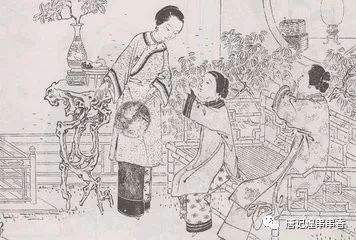
Some other important festivals today could also find their origin in Han dynasty. For example, the Fifth Day of the Fifth Month was a day to pray against sickness and offer sacrifices to welcome the deities. In the later stage of Eastern Han, celebration of the day began to be connected with Qu Yuan. And some basic elements of Duanwu Festival were formed at the time. In the middle of Western Han, the Seventh Day of the Seventh Month changed from a day good-for-nothing or a day of taboo to an auspicious day.
The tragedy of Niulang and Zhini was deduced to a comedy of their meeting on the Magpie Bridge, which provides a foundation for the Seventh Evening of the Seventh Month Festival(Qixi).
